Ask Ethan: how bright does the Earth appear from the moon?

The first image of the Earth, seen from the moon, which the man saw. Notice how bright the Earth is compared to the Moon.
When the astronauts from the Apollo flew to the moon, they opened pictures unprecedented by man: a view of the Earth from the world nearest us. Practically we all saw the opposite picture - the Moon, as seen from the surface of the Earth - only a couple of dozen people (and satellites) saw how the Earth looks from the surface of the Moon. What is the difference? Our reader wants to know:
What will be brighter: full moon or full earth from the moon? Will this brightness be constant?
If you watched the moon on a dark and clear night, you already know its brightness.
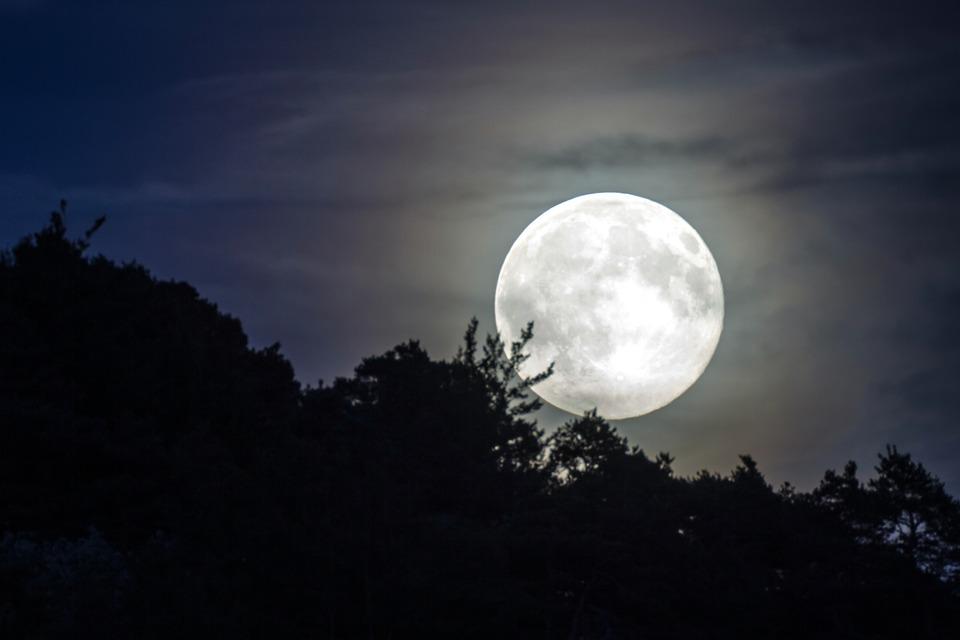
The full moon above the trees on a rather foggy night shows how bright the moon appears from the earth.
A full moon reflecting sunlight from a distance of only 384,000 km from Earth is the brightest object of the night sky. It is 1,500 times brighter than the next brightest object, Venus, and 27,000 times brighter than Sirius, the brightest star in the sky. A full moon illuminates the sky as a big city can. This is a serious source of light pollution, glowing 40 times brighter than all the other objects of the night sky combined.
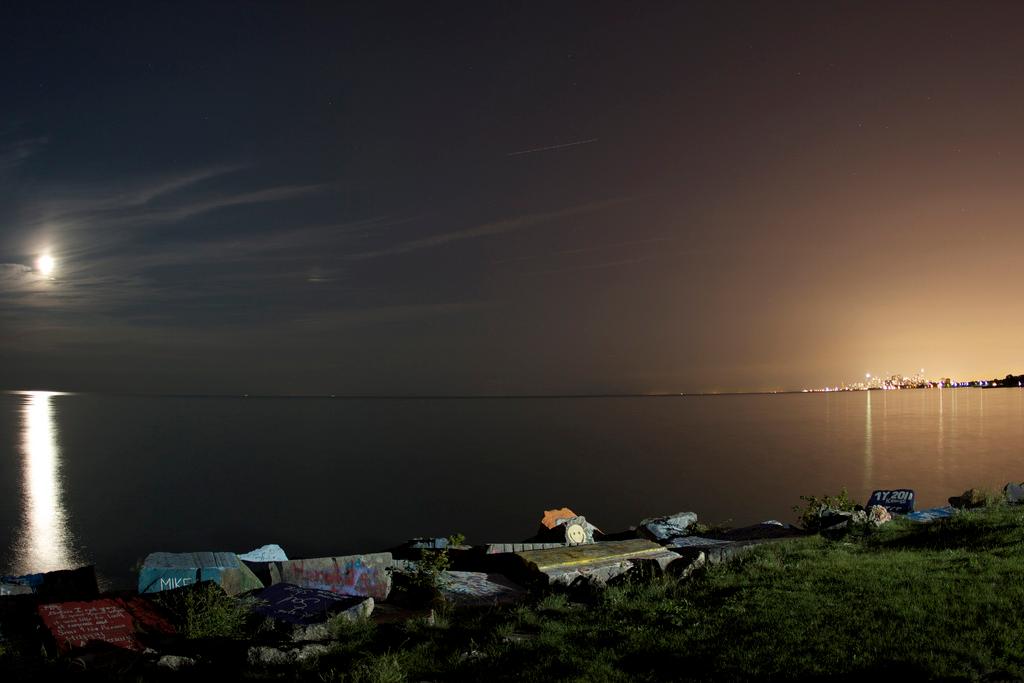
Rising Full Moon over Chicago, view over Lake Michigan from Northwestern University campus
But, no matter how bright the Moon is from the Earth, the full Earth from the Moon beats it in almost all respects. The earth is about 3.67 times the moon in diameter, which means that its cross section, that is, the apparent size in the sky, is 13 times larger than the moon. Another parameter also plays a role: reflectivity.

Full Moon in 2010, edited to show real reflectivity
The moon and the earth are bright due to the reflection of sunlight, and although the moon looks gray in the sky, it is closer to coal color. It seems white from a lot of reflected light. The ashy, stony surface of the moon reflects much less than that of earth, green trees and grass on the continents of the earth. And it is completely lost compared to the bright reflectivity of the earth's water.
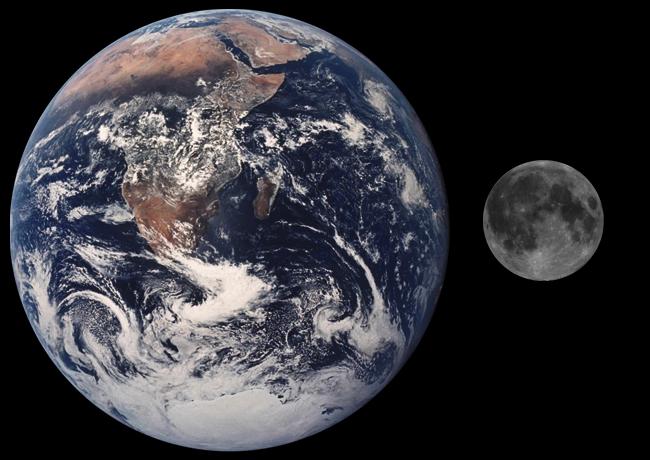
The moon and the Earth are on a scale - both in size and in albedo. The moon seems dimmer because it absorbs light stronger than the earth.
But the light is best reflected not by the dark blue oceans, which absorb more light than the rest of the Earth’s surface and even the Moon - this is done by water in clouds, ice and shallow water bodies of rivers and shelves . On average, the Moon reflects only 11% of the light falling on it, and the Earth - about 37%. All this together leads to the fact that the full Earth, seen from the moon, is about 43 times brighter than the full Moon, seen from the Earth. With large polar caps and full cloud cover - as well as when the sun illuminates the desert - the Earth is the brightest, about 55 times brighter than the moon.
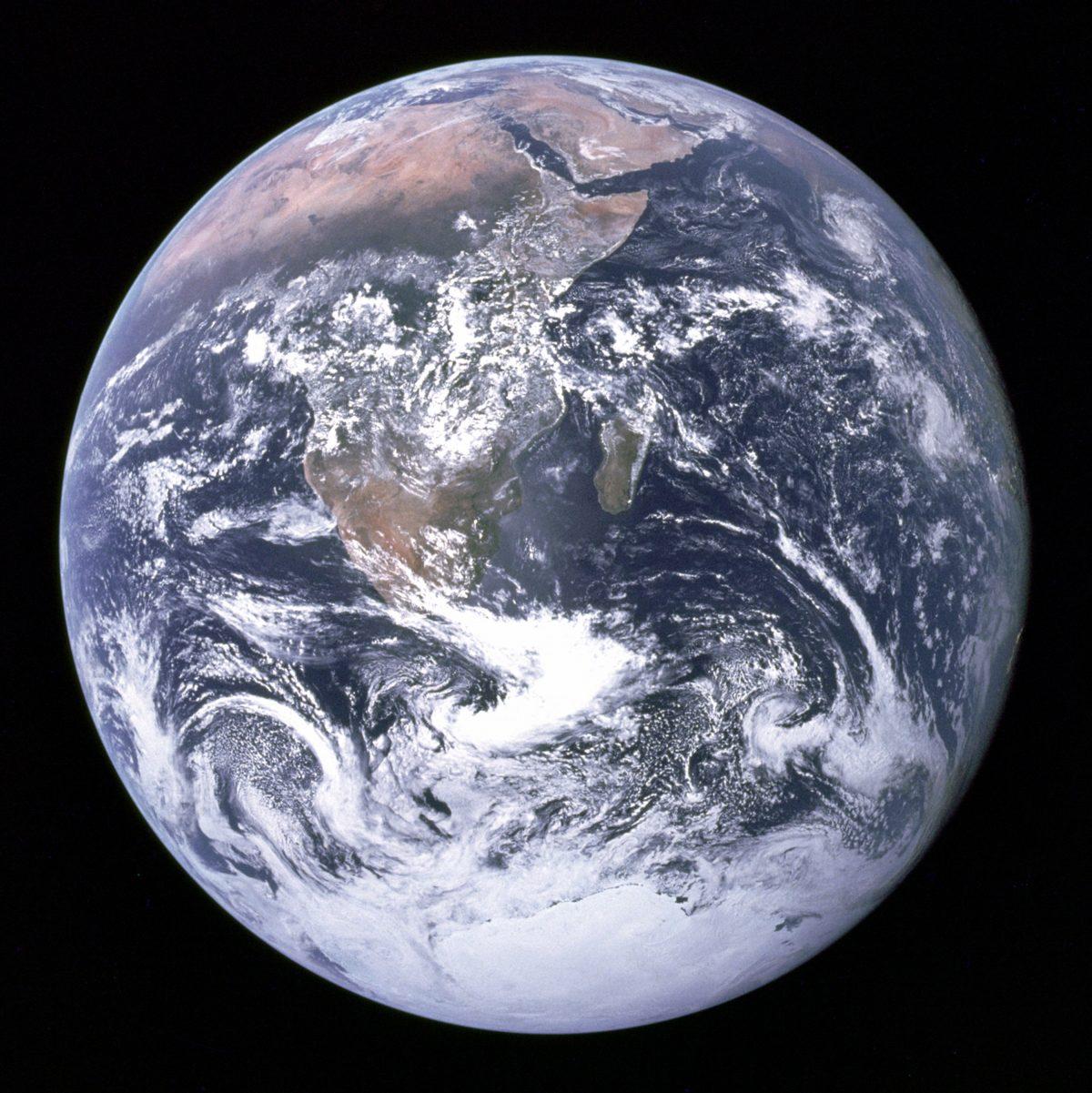
When you see a lot of clouds, the south polar cap and large deserts, the brightness of the earth can be 55 times the brightness of the moon.
But the interesting facts don't end there. Since the Moon is tied to Earth by gravity, we always see one side of it. The Earth rotates around its axis, so the Moon is on average visible in our sky 50% of the time. The other 50% of the time the moon is on the other side of the planet. But this is from our point of view; from the point of view of man on the moon, the Earth is in the sky 100%, viewed from the near part of the moon, and 0% of the time, viewed from the reverse.
A small exception is the tiny strip on the Moon, from which the Earth is sometimes visible, and sometimes not, thanks to the rocking motion caused by the ellipse of the Moon's orbit: lunar libration.
The day and night on the moon each contain two terrestrial weeks each, and the nearest side of the moon is the best place to observe the full earth when the sun fully illuminates the far side of the moon. At this moment, the Earth seems to be 13 times larger, 3.4 times better reflective and 43 times brighter than the full Moon, visible from Earth. And although people have never seen it with their own eyes - we have never been on the moon at a time when the night was on the near side - the Japanese satellite Kaguya saw it.
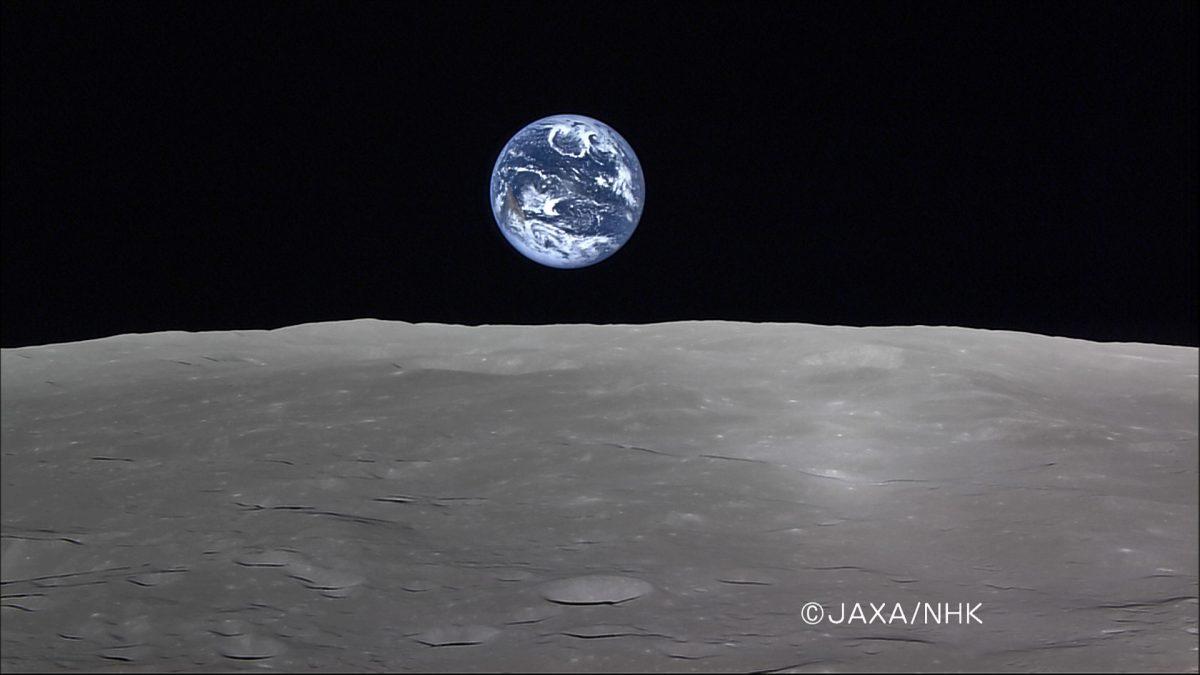
Earth, rising over the part of the moon where the sun barely hits the lunar surface.
Even when the Sun is not visible, the surface of the Moon is still illuminated due to the reflected Earth light. It is not as bright as sunny; about 10,000 times dimmer. But the light from the earth's surface, reflected to the moon, can still illuminate it. Therefore, on the moon in the crescent phase, you can see the details of the dark part - we call this effect of illumination reflected light the ash of the moon [Earthshine].

Crescent a day after the new moon, setting in the west. The remainder of the disk is still illuminated by the light reflected by the Earth, and falling on the surface of the moon.
In order for the Earth, seen from the Moon, to be dimmer than the full Moon, visible from the Earth, it must have less than 1/40 of the surface lit. This happens for 12 hours every month, when the light of the Earth, seen from the near side of the Moon, seems dimmer than the full Moon on Earth. But there is one phenomenon on the Moon that allows you to experience the darkness that eclipses any sky highlighted by the Moon on Earth ...

The ending lunar eclipse, as seen from the moon, when the sun is located behind the earth, and both bodies look dark.
Moon eclipse! When part of the moon is closed by the shadow of the Earth, the Sun and the Earth are not visible from it, and you can only see the ring of the illuminated earth's atmosphere. In addition, only stars and planets are visible from there. It is darker only on the far side of the moon during a moonlit night.

Without atmosphere, Earth and Venus, the night on the far side of the Moon is darker than any dark night on Earth.
The brightness of the full Earth is not constant, it changes with the rotation of the Earth, the change of seasons and weather. Earth is a living planet in every sense. The moon seems to be changing, but if it were as big and diverse as the Earth, then the changes in the seasons, the polar caps, the cloud cover, the flora and the desert would change its brightness even more. We consider the Moon impermanent, because we do not see from a different point of view. In fact, the Earth is changing much more often!
Ethan Siegel - astrophysicist, popularizer of science, blog Starts With A Bang! He wrote the books Beyond The Galaxy , and Treknologiya: Star Trek Science [ Treknology ].
All Articles